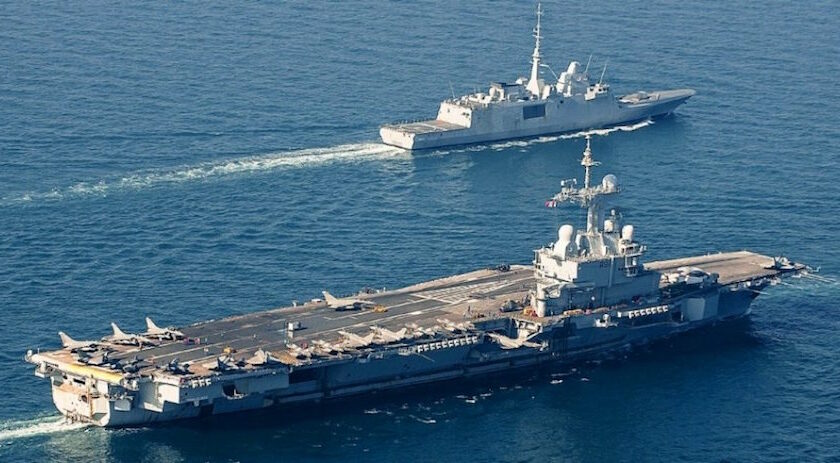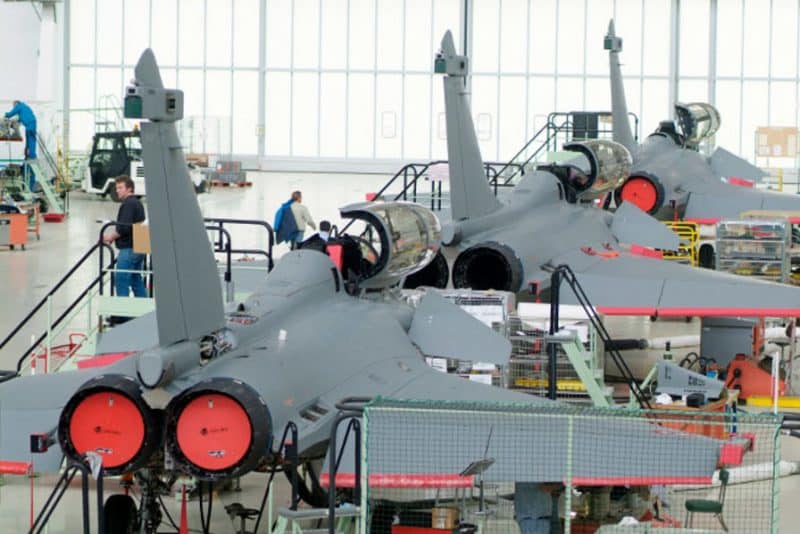In recent years, the United States has often stolen from France's nose and beard major defense contracts, sometimes even pushing the customer to choose another service provider, as long as the latter was not French. . Whether they are Polish Caracal helicopters, Belgian or Swiss F-35s, Qatari corvettes, or very recently, Australian submarines, successive American administrations have shown a real desire to prevent France from accessing to certain international markets, going so far as to carry out massive operations to eject Paris, such as in Greece about frigates as well as the order of Rafale. For some observers, this is only a business strategy, conveniently summed up by a "business is business" which would justify the aggressiveness shown by the United States against France.
However, by observing the strategies employed, and the determination shown by the United States in these cases, we understand that the stakes go far beyond the mere commercial criteria, to extend to a real strategy of control of foreign policies and Defense of the Western sphere, especially in Europe, an area in which France and its positions inherited from Gaullism appear to be an obstacle, even a threat, for the United States. In this article, we will see why and how Washington articulates this strategy, and we will study the solutions available to France to try to resist it.
A unique industry in the West
Outside of the United States, the French defense industry is unique in the West, in that it is the only one capable of designing and manufacturing all of the defense systems of a modern armed force, without depending, in several critical areas, American equipment. With the exception of some specific equipment, such as the E-2C Hawkeye onboard surveillance aircraft, or the catapults which equip the Charles de Gaulle aircraft carrier, French industry is in fact capable of producing all of the necessary equipment. to its armed forces, ranging from armored vehicles to combat aircraft, from submarines to helicopters, including missiles, radars, and space systems. It is also, with Great Britain, the only European country to have its own nuclear deterrent force, based on 4 nuclear ballistic missile submarines equipped with intercontinental ballistic missiles, and on two squadrons of Rafale equipped with airborne supersonic nuclear missiles.

Not only is it autonomous in this area, but its equipment equals and sometimes even surpasses its American counterparts, while being, most often, more economical to purchase and use with equal or better performance. Thus, a Suffren class nuclear attack submarine was acquired for just over €1 billion by the French state, whereas the US Navy paid $3,5 billion for a Virginia, certainly better armed in terms of in terms of cruise missiles, but no more efficient than the French submarine in its primary function of Hunter-killer, the hunt for enemy submarines and ships. The same goes for the fighter plane Rafale, which surpasses the F-35 in many areas (maneuverability, range of action, low altitude penetration, etc.) and which will see, in its F4 version, its performance in terms of data fusion catching up with those of the American aircraft , for half the cost of ownership.
To achieve this, and in view of the French economic and demographic limits, it is essential for Paris to rely on important export markets, national demand not being sufficient to fuel such industrial exhaustiveness. Consequently, 40% of the annual turnover recorded by the French Industrial Technological and Defense Base, or BITD, is linked to defense equipment exports, representing 80.000 direct jobs and 120.000 indirect and induced jobs in the country, and conditions the flexibility of this industry to evolve and prosper. Indeed, and like the objectives of the US CAATSA legislation designed to deprive Moscow of export earnings from its defense industry in order to hamper its own ability to sustain full strategic autonomy, Washington seems to be trying to to deprive Paris of its export markets, for the same purpose, but with less obvious methods.
Targeted, repeated and devastating attacks

The rest of this article is for subscribers only
The Classic subscriptions provide access to
all articles without advertising, starting at € 1,99.
Newsletter subscription
Register for the Meta-Defense Newsletter to receive the
latest fashion articles daily or weekly


[…] rulers in France. Some observers have not hesitated to denounce a deliberate desire of the Anglo-Saxons to weaken the tricolor naval defense industry. If these arguments can be […]